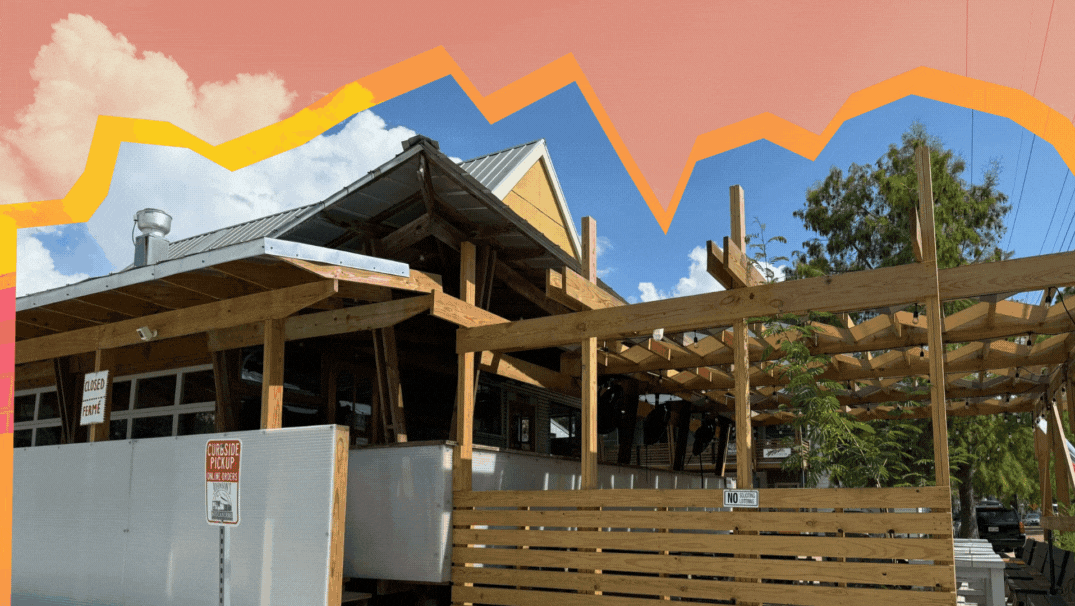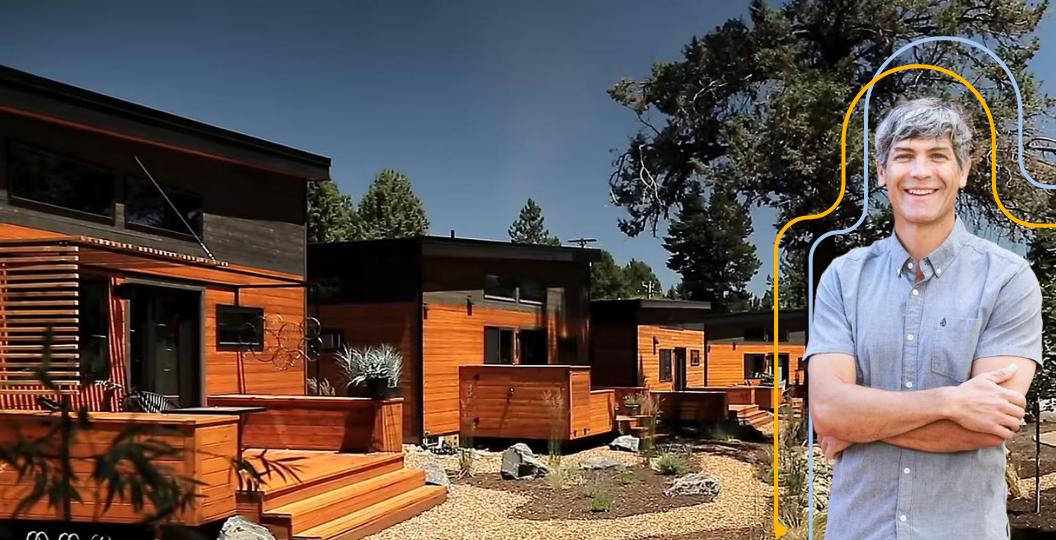To Fix Housing in America’s Expensive Cities, Don’t Emulate the Inexpensive Ones
(Source: Pixabay.)
Suppose you’re in one of the most expensive regions in North America to buy or rent a home, and you’re in some sort of public policy position tasked with addressing this. Maybe you’re a city council member or a planning director. You’ve got an out-of-control housing crisis. Your middle-class residents are forced into painful compromises just to make rent each month, and working-class residents are fleeing your city by the tens of thousands.
You look with envy upon the modest rents in a relatively low-cost city in another region. It stands to reason that they know something you don’t, right?
A logical first step would be to figure out what they’re doing in terms of housing policy and copy it, right?
Wrong. If you’re studying, say, Nashville or Oklahoma City from the vantage point of Los Angeles, you’re not going to find a whole lot worth emulating. You’re going to be disappointed if you expected otherwise.
Public policy problems in general are rife with such apparent paradoxes. When you’re trying to regulate or nudge a complex system, it’s never as simple as “pull this lever, get that outcome.” Problems are the result of multiple variables interacting, such that it’s not always obvious what is actually a binding constraint on the system and what isn’t. The answer to that may even change over time. And it tends to be locally contingent. The same policy lever, pulled in a different context, might have very different effects (or no effect).
It's not that cities can’t or shouldn’t learn from each other. But there simply aren’t the kind of drag-and-drop solutions that some pundits (who are either naïve or dishonest) would like to claim.
For starters, it’s because we’ve all made many of the same mistakes with housing policy, but those mistakes aren’t playing out the same way everywhere.
(Virtually) Every City Has the Same Bad Zoning
Zoning (and land-use regulation more broadly) plays a pivotal role in determining where housing is built, and what kinds of housing are built. In most places, it plays a constraining role, actively preventing the kinds of homes that builders might otherwise happily build and residents might otherwise happily occupy. It’s not a stretch to argue that zoning, more than any other single factor, is at the root of America’s housing unaffordability crisis.
And yet, the places in America with the worst housing shortages are not, by and large, the places with the most restrictive zoning.
How can this be true? In short, because virtually everywhere in America has the same bad zoning.
It’s important to understand that the differences in land-use planning among U.S. cities and regions are dwarfed by the similarities. Virtually every city in America reserves most of its residential land—somewhere between 70% and 90% is typical—for single-family homes exclusively. Virtually every city in America—though mercifully, the number is shrinking—requires new buildings to have a mandatory minimum number of off-street parking spaces. Virtually every city in America regulates lot sizes, setbacks, building height and density in its neighborhoods, in ways that dramatically foreclose the potential growth of most of those neighborhoods.
What’s more: the comparatively inexpensive regions in America tend to have more restrictive zoning in these regards, not less. Visit the suburbs of the average booming Southeastern city and you will find larger lots, shorter buildings, more parking, and often fewer apartments than in a comparably suburban area outside of Los Angeles; San Francisco; Seattle; Boston; or Washington, DC.
I lived in Sarasota, Florida, for over a decade. Sarasota-Bradenton is one of the fastest-growing metro areas in the U.S. (seventh by one recent estimate); suburban Lakewood Ranch is the fastest-growing all-ages master-planned community in the nation. (The qualifier “all-ages” is in there only because 55+ community The Villages claims the all-around top spot.) Sarasota builds a lot of housing. Almost all of it is on the fringe, in giant subdivisions on former cattle pastures and orange groves.
From my vantage point in Sarasota, it was always bizarre to me to hear Californians talk as though places like Sarasota clearly knew something about zoning that California should learn. (I have also lived in California.) These people did not know what they were talking about.
In my close-to-downtown neighborhood in Sarasota, it was illegal for me to put a backyard cottage (accessory dwelling unit) on my property. New duplexes were illegal, let alone apartments.
In the parts of town where apartment buildings are allowed, they are subject to generous parking requirements (even in the extremely walkable downtown). Most will have to go through a public hearing and be approved by a vote of the city commission—leaving lots of opportunity for NIMBY activists to throw sand in the gears. Often, developers seeking to build apartments must pay for and submit a traffic study. It is not uncommon that litigation from citizen opponents holds up housing construction. Most of the larger apartment developers hire a hotshot land-use attorney to get their projects through the convoluted process.
All of this likely sounds very familiar to someone in expensive San Francisco, or Seattle, or New York, or Boston.
Go to Charlotte or Raleigh, and you’ll find the same thing. Go to Nashville, and you’ll find the same thing. Go to Dallas, and you’ll find the same thing. None of these places allow new housing in established neighborhoods to sail through the approvals process. All of them put up substantial roadblocks, which in more neighborhoods than not become completely prohibitive of anything being built at all.
There are some meaningful regional differences. For example, California cities tend to impose a lot more fees on new development for things like parks—a consequence of state tax policy. And the length of typical approval delays varies substantially from region to region (some places have statutory caps on how long a city can take to approve or deny an application from a developer). But the differences, again, are dwarfed by the similarities.
If high-growth, (relatively) low-cost regions don’t have a particularly permissive planning structure for approving new homes, then why are they building so much more than pricey West Coast and Northeast cities?
The answer is simple: these places have a pressure release valve for housing prices that a greater New York City or greater Los Angeles does not have. That pressure release valve is called land.
These places are rapidly growing horizontally. They are building a whole lot of car-dependent subdivisions way out on the edge.
Why isn’t Los Angeles just doing that? It’s not because it’s illegal. This is a common misconception, held in part because a handful of dishonest pundits have peddled it for years. For example, if your Facebook or Twitter feed looks anything like mine, you’ve been repeatedly fed a sponsored link to a National Review article by Joel Kotkin titled, “Let America Sprawl.”
Kotkin and others have been advancing this thesis for decades: America has a housing crisis because we’ve prohibited too much of the car-centric suburban sprawl that American families actually want.
The problem with it: “sprawl” is legal pretty much everywhere.
Sure: Portland, Oregon, famously has an urban growth boundary. (Although there is some leapfrog development outside of it, and still room to build new classically suburban, single-family subdivisions within it.) Lexington, Kentucky, has a partial one, though as Nolan Gray points out, it does not include one of the adjoining suburban counties, leaving a big gaping hole in the greenbelt.
Otherwise, business-as-usual suburban expansion is legal everywhere, and what it means for Sunbelt cities that are growing rapidly is that they can build a whole lot of new homes really quickly.
Even in greater Los Angeles, you can find places that are adopting the Oklahoma City approach to housing costs. One such place is Victorville. It’s in the Mojave Desert, across a literal mountain range from the rest of urban Southern California. Since 1980, its population has grown tenfold, from 14,000 to 140,000.
As I wrote in Escaping the Housing Trap, Victorville strains the bounds of practicality as a bedroom community. Two-thirds of employed Victorville residents commute more than 25 miles to work—yes, across the mountains. At 39.3 minutes, Victorville has one of the longest average commute times in the nation. The reason people keep buying out there in the high desert: the median home in Victorville costs less than half of what the median home in Los Angeles does.
California has plenty of land where new suburban-style tract housing is legal to build. But not a lot of land left where it makes any sense to build it. Both the San Francisco Bay Area and greater Los Angeles have reached the point where continued “sprawl” means super-commutes from areas that are so removed from the core job and amenity centers of these metropolitan regions that residents won’t really get to enjoy the benefits of being part of a thriving, cosmopolitan mega-city.
Put another way: For many people, if you’re going to live in Victorville, you might as well just go live in Oklahoma. You’ll probably have a nicer house and more land. And you’ll have it somewhere where you can be in downtown Oklahoma City or Tulsa in 20 minutes. Versus having theoretical access to Disneyland, or Venice Beach, or the Getty, or Koreatown, or the Los Angeles Symphony, all of which in practice will require a grueling multi-hour trip in Southern California’s legendary traffic.
Outward expansion of cities is limited by the prevailing transportation mechanism (a rule known as Marchetti’s Constant), which for most Americans is a car that goes 60–70 miles per hour on the freeway. California’s metros, along with greater New York and greater Washington, DC, have absolutely hit up against the limits of reasonably attractive outward growth. You can make a similar case for other cities.
Does this mean that zoning doesn’t matter? Not at all. It means that zoning reform is all the more important in these places. It’s the whole game. The only way housing costs will get better in Los Angeles, or San Francisco, or New York, is by allowing far more infill development to happen in already established neighborhoods.
Other cities—Nashville, for example—haven’t hit that wall yet. Zoning absolutely restricts the ability of people in somewhere like Nashville to live in apartments where they would like to, or to live close to downtown or in walkable communities. It is bad for the region’s fiscal health, bad for its environmental health, and bad for housing choice in an America in which 39% of people say they prefer to live in walkable places, but far fewer practically enjoy that option.
But also, restrictive, suburban-style zoning is a huge threat to the future housing affordability of a Nashville or Orlando or Raleigh. When those cities do begin to hit the wall, they should watch out. Unless they change political course, they will find themselves in a worse situation than California is now—with even less ability to grow through infill, even harder binding constraints on growth, and to make matters worse, an even more financially insolvent pattern of development.









Daniel Herriges has been a regular contributor to Strong Towns since 2015 and is a founding member of the Strong Towns movement. He is the co-author of Escaping the Housing Trap: The Strong Towns Response to the Housing Crisis, with Charles Marohn. Daniel now works as the Policy Director at the Parking Reform Network, an organization which seeks to accelerate the reform of harmful parking policies by educating the public about these policies and serving as a connecting hub for advocates and policy makers. Daniel’s work reflects a lifelong fascination with cities and how they work. When he’s not perusing maps (for work or pleasure), he can be found exploring out-of-the-way neighborhoods on foot or bicycle. Daniel has lived in Northern California and Southwest Florida, and he now resides back in his hometown of St. Paul, Minnesota, along with his wife and two children. Daniel has a Masters in Urban and Regional Planning from the University of Minnesota.